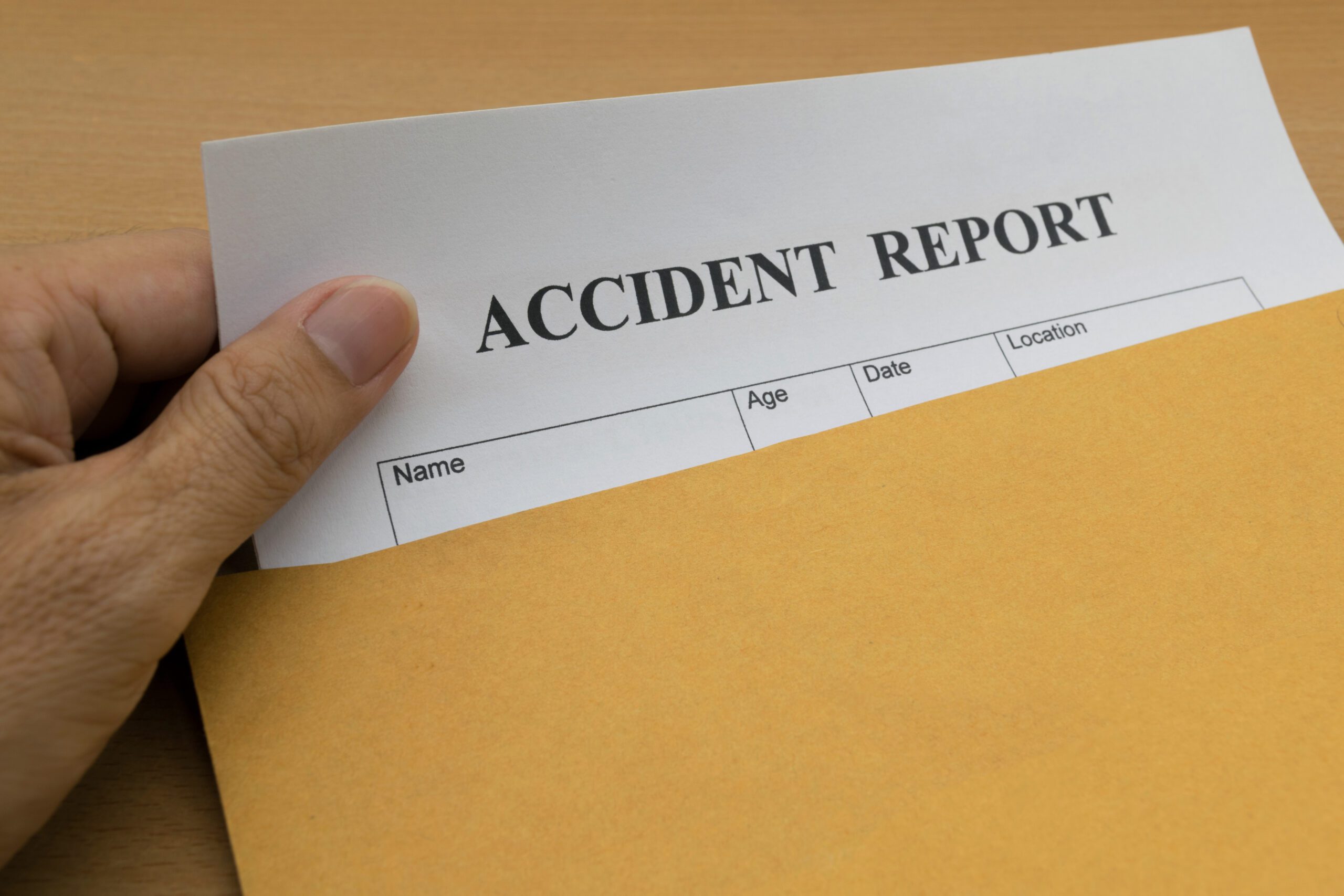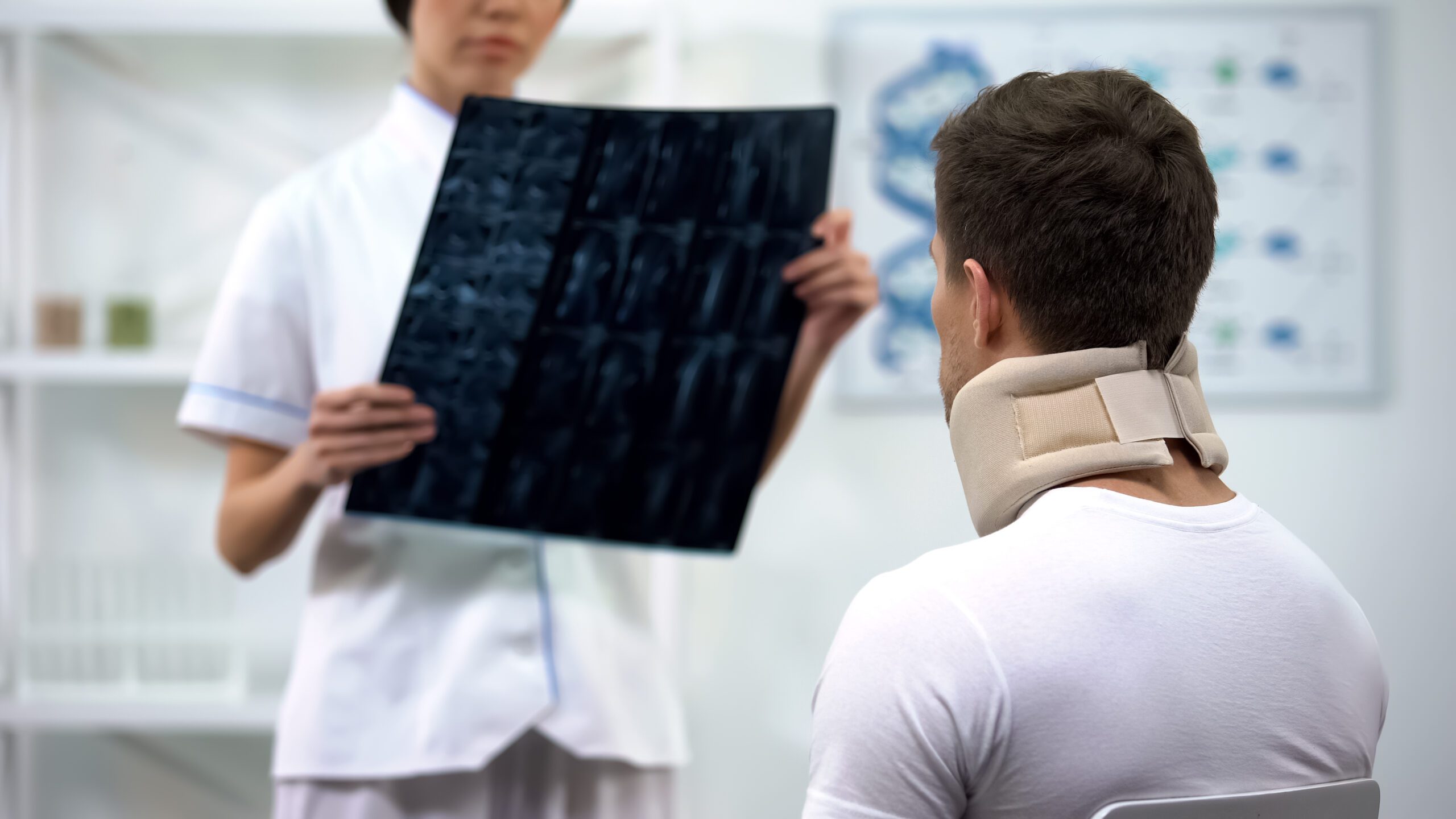Alabama Head-On Collisions Lawyer

In Alabama, the prevalence of head-on collisions demands a compassionate and experienced legal approach. At Pickering Law Firm, we understand the profound impact these accidents can have on victims and their families. Whether caused by drunk driving, distracted driving, or other forms of negligence, a trusted head-on collision lawyer is here to guide you through the legal complexities and help you explore your rights.
If you or a loved one has been involved in a head-on collision in Alabama, we are ready to offer support and legal expertise. Contact us for a free consultation, and let us assist you in navigating the aftermath of a head-on collision, seeking the justice and compensation you deserve.
Causes of Head-On Collisions in Alabama
Head-on collisions are often the result of a confluence of factors, and understanding the specific causes in Alabama can shed light on preventing these devastating accidents. While each incident is unique, several common causes contribute to the occurrence of head-on collisions in the state.
Distracted Driving
Alabama, like many states, grapples with the pervasive issue of distracted driving. Whether caused by smartphone use, adjusting in-car entertainment systems, or engaging in other distracting activities, drivers taking their attention away from the road can inadvertently veer into oncoming traffic.
Impaired Driving (DUI)
Driving under the influence of alcohol or drugs remains a significant contributor to head-on collisions in Alabama. Impaired drivers may lose control of their vehicles, cross center lines, and collide with oncoming traffic, leading to catastrophic consequences.
Fatigue and Drowsy Driving
Long stretches of highway in Alabama, coupled with drivers covering considerable distances, make fatigue and drowsy driving prevalent. Tired drivers are more prone to drifting into opposing lanes, increasing the risk of head-on collisions.
Poor Weather Conditions
Alabama experiences a range of weather conditions, from heavy rain to fog and occasional ice. Poor visibility, slick roads, and reduced traction can amplify the likelihood of head-on collisions, especially when drivers fail to adjust their speed and driving behavior accordingly.
Speeding and Reckless Driving
Excessive speed and reckless driving contribute significantly to head-on collisions. Speeding drivers may struggle to react in time to unexpected road conditions, increasing the likelihood of crossing into oncoming traffic.
Roadway Design and Conditions
The layout and conditions of Alabama’s roadways can play a role in head-on collisions. Poorly marked lanes, lack of proper signage, and inadequate road maintenance may contribute to confusion among drivers, leading to unintentional crossings into opposing traffic.
Failure to Obey Traffic Signals
Disregarding traffic signals, stop signs, or other regulatory signs can result in catastrophic consequences. Drivers failing to yield the right of way or disobeying traffic rules may find themselves on a collision course with vehicles traveling in the opposite direction.
Understanding these causes is crucial for both prevention and legal proceedings following a head-on collision. If you or a loved one has been involved in such an incident, seeking legal guidance for a head-on collision lawyer to help you pursue compensation for the damages incurred.
Navigating the Critical Moments After a Head-On Collision
In the immediate aftermath of a head-on collision in Alabama, taking swift and precise actions can significantly impact the outcome. First, prioritize the safety of all involved parties by moving to a safe location if possible and activating hazard lights. Next, call emergency services to ensure prompt medical assistance and law enforcement intervention. Refrain from discussing fault or admitting guilt at the scene, as these details are best addressed during the investigative process. Gather essential information such as names, contact details, and insurance information from other parties involved, as well as any available witnesses. Document the accident scene through photographs, capturing vehicle positions, damages, and relevant road conditions. Seeking medical attention promptly, even if injuries seem minor, is crucial for both health and legal purposes. Finally, consult with an experienced head-on collision lawyer to guide you through the ensuing legal processes and protect your rights.
Common Injuries in Head-On Collisions
The aftermath of a head-on collision brings with it a spectrum of injuries, each with its own set of challenges for those involved. From the abrupt deployment of airbags causing superficial wounds to the potential life-altering consequences of spinal cord injuries, understanding the range and nature of these injuries is crucial. Neck trauma, fractures, and the risk of traumatic brain injuries underscore the severity of head-on collisions.
Below, we provide a comprehensive list of common injuries sustained in these accidents, shedding light on the physical toll they can take on individuals and emphasizing the importance of immediate medical attention and thorough documentation for both recovery and potential legal actions.
Airbag Injuries: The sudden deployment of airbags, while vital for safety, can lead to burns and bruises on impact, adding to the physical toll of the collision.
Neck Injuries (Whiplash): The forceful back-and-forth movement during a head-on collision commonly results in whiplash, causing strain and potential long-term discomfort in the neck.
Bone Fractures: The intense forces involved in head-on collisions often lead to fractures in extremities, highlighting the vulnerability of limbs in such impactful events.
Traumatic Brain Injuries (TBIs): Head trauma during a collision can result in severe TBIs, encompassing a range of cognitive and neurological impairments with lasting consequences.
Concussions: The sudden impact characteristic of head-on collisions can induce concussions, causing temporary loss of brain function and requiring careful medical monitoring.
Internal Injuries: Organs may sustain damage upon impact, necessitating immediate medical attention to address internal bleeding or other complications.
Spinal Cord Injuries: Impact on the spine during a head-on collision carries the risk of spinal cord injuries, potentially leading to long-term complications and impacting mobility.
Understanding the nuances of these injuries emphasizes the need for swift medical evaluation and comprehensive documentation, crucial not only for recovery but also for potential legal proceedings.
“Let us assist you in navigating the aftermath of a head-on collision, seeking the justice and compensation you deserve.”
Head-On Collision FAQs
Are head-on collisions more likely to occur on specific types of roads?
Head-on collisions are more common on two-way roads or highways, where vehicles travel in opposite directions. Understanding the road types and potential risks can help drivers stay vigilant and reduce the likelihood of such accidents.
How can a head-on collision lawyer assist me?
A skilled head-on collision attorney can help you navigate the legal complexities following an accident. They can assist in gathering evidence, communicating with insurance companies, and pursuing compensation for medical expenses, lost wages, and pain and suffering.
How do I know if I need an attorney after a head-on collision?
Determining the need for an attorney depends on the complexity of the case and the severity of injuries. Generally, if you’ve sustained significant injuries, face medical expenses, or encounter challenges with insurance claims, consulting an attorney is advisable.
Is it possible to recover compensation for emotional distress after a head-on collision?
In addition to physical injuries, victims of head-on collisions may experience emotional distress. Compensation for emotional distress is a valid consideration in personal injury claims, and consulting with an attorney can help assess the potential avenues for recovery.
Is there a time limit for filing a personal injury claim after a head-on collision?
Every state has a statute of limitations, setting a time limit for filing a personal injury claim after a head-on collision. It’s crucial to be aware of these deadlines and take prompt legal action to protect your rights.
Consult An Alabama Head-On Collision Lawyer Today
At Pickering Law Firm, we understand the profound impact a head-on collision can have on your life. Our experienced Alabama head-on collision lawyer is not just a legal advocate but a dedicated ally ready to stand by your side. With a commitment to prudent guidance and fierce advocacy, we navigate the complexities of your case, ensuring your rights are protected, and seeking maximum compensation.
Don’t let the aftermath of a head-on collision define your future alone. At Pickering Law Firm, we are here to fight for your rights and maximum compensation. Your recovery starts with a simple step — reach out to us for a free consultation. Let us handle the legal complexities, allowing you to focus on healing and rebuilding. Your well-being is our priority, and we’re here to support you every step of the way.
Ready to begin your free case review?
Our Recent Articles
Accident Law Is Our Focus. You Are Our Priority.
Start your 100% free case review



